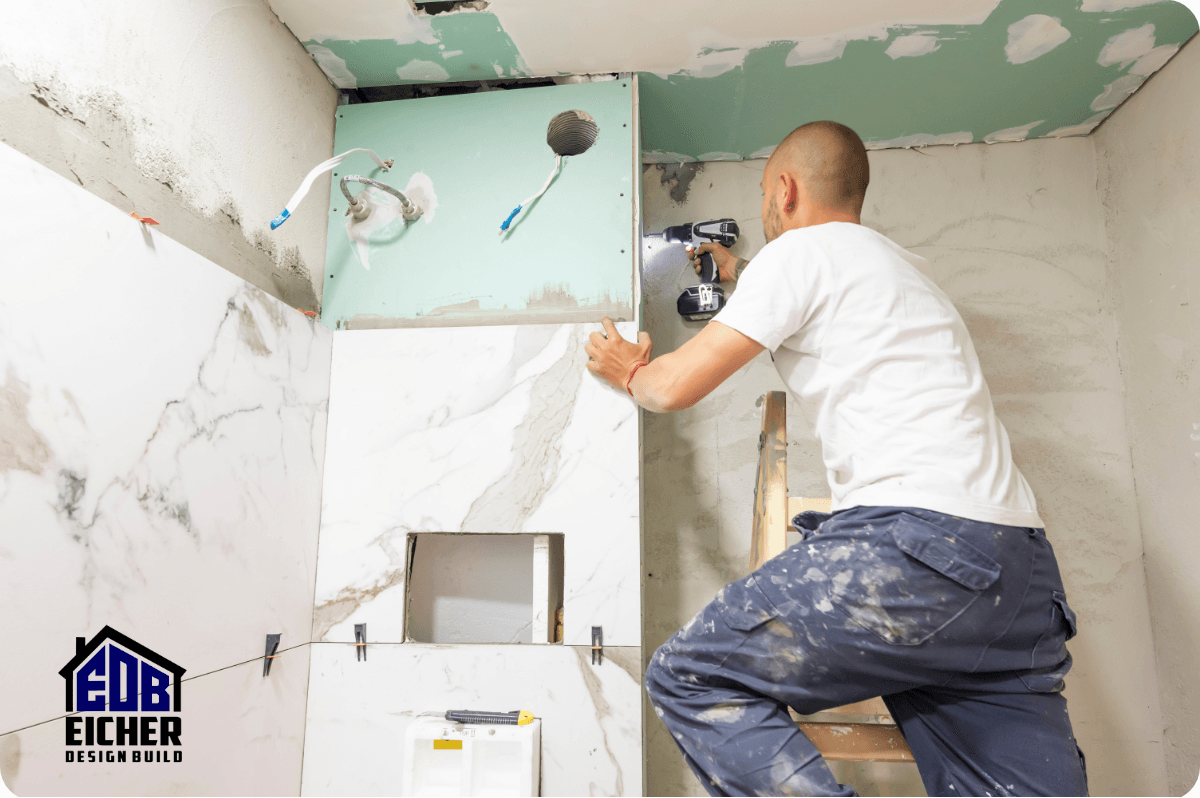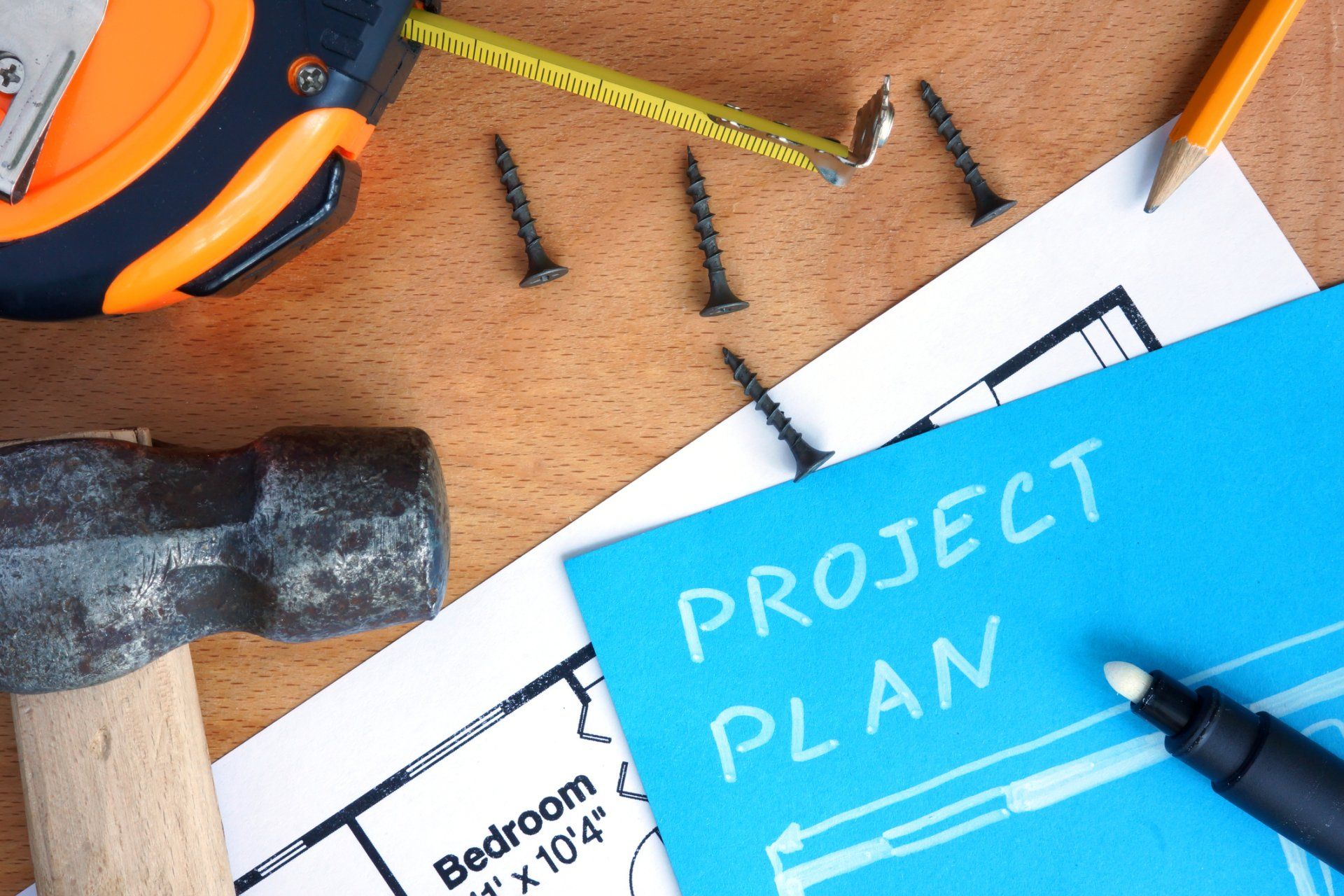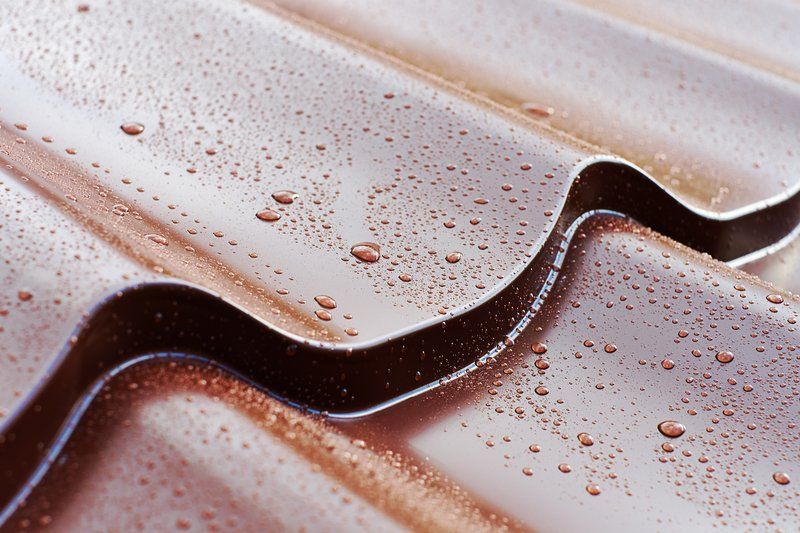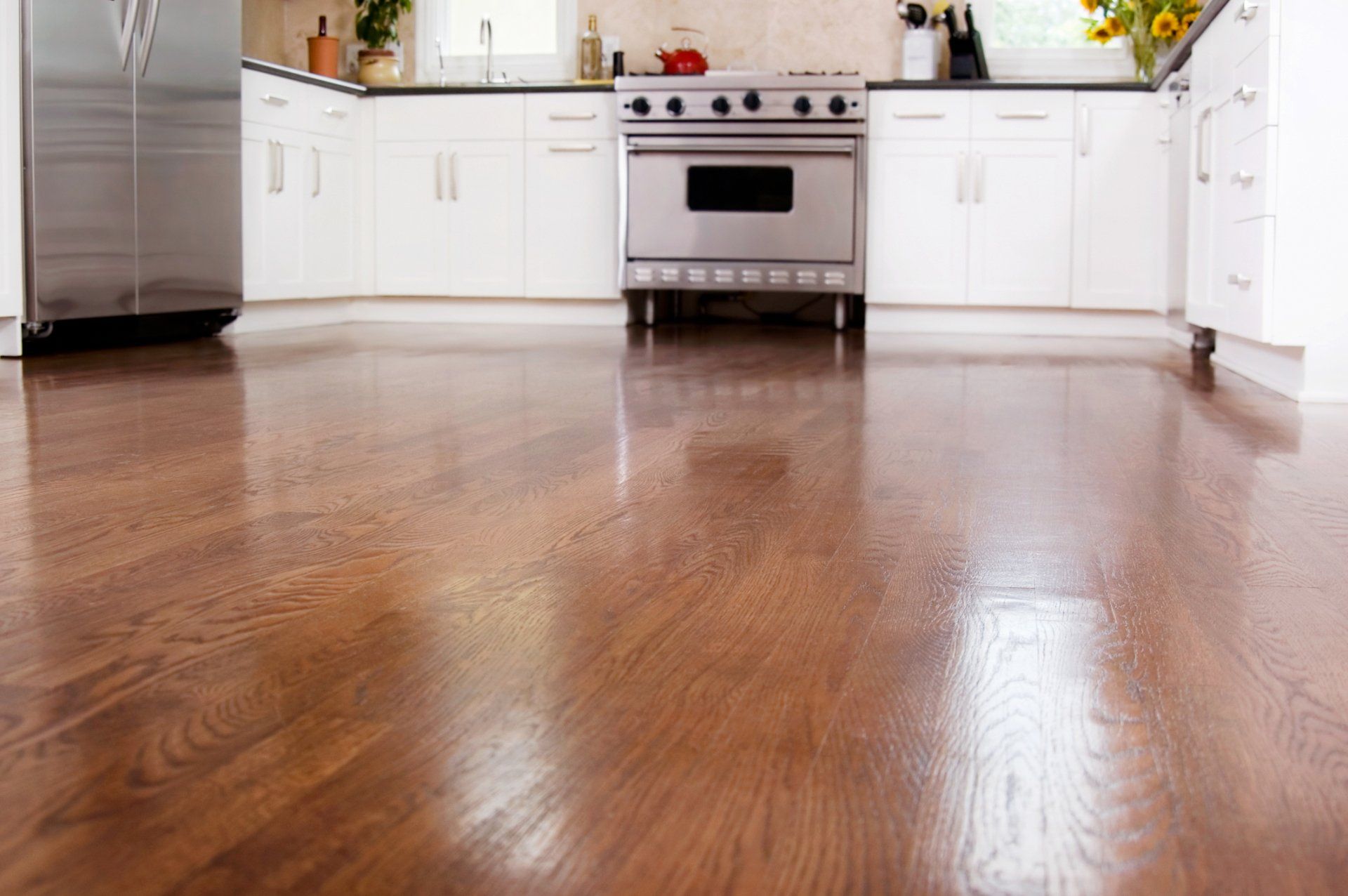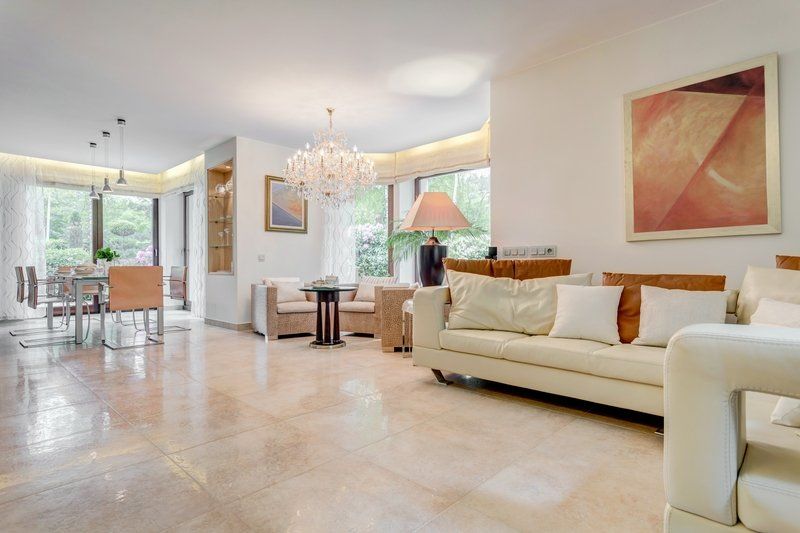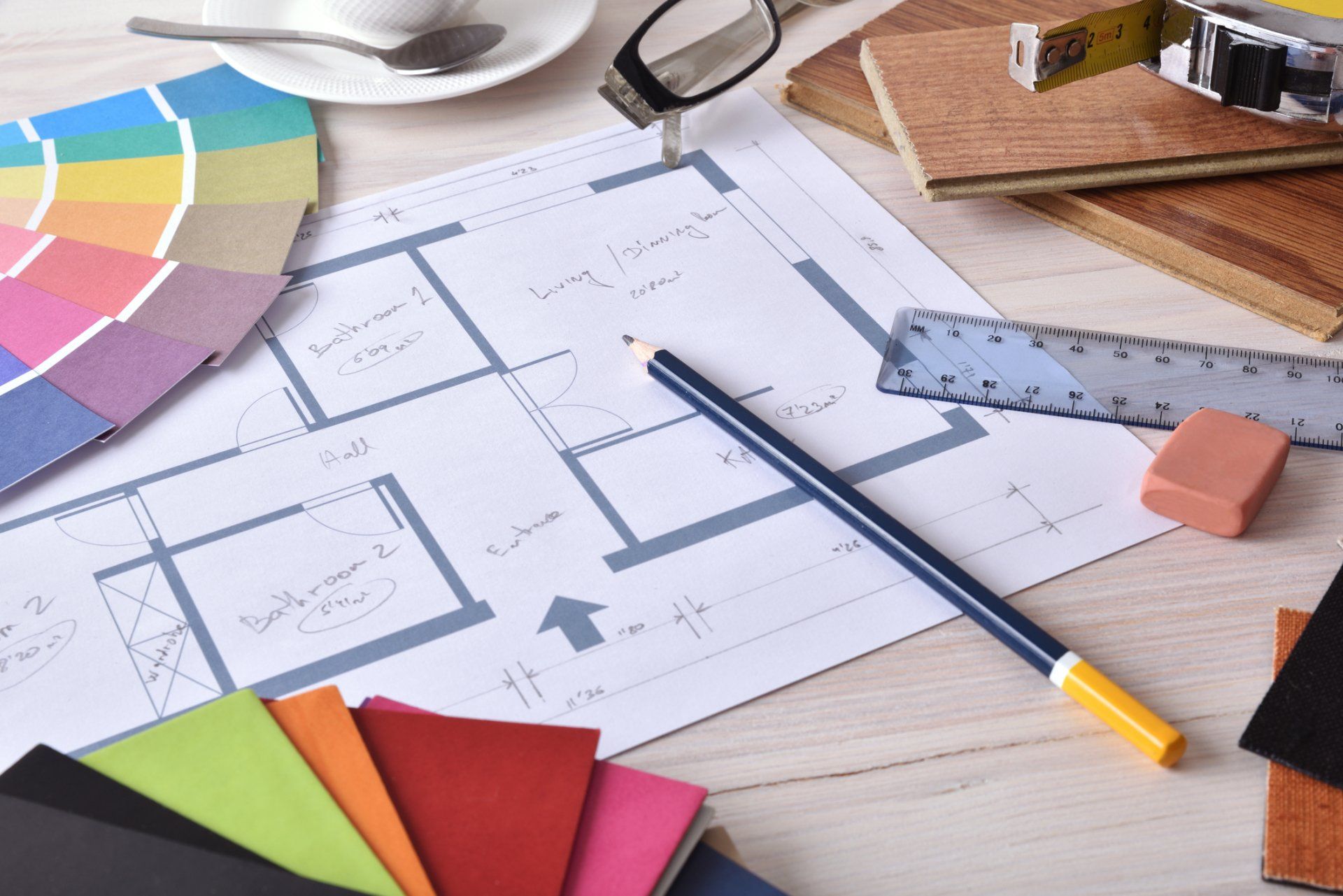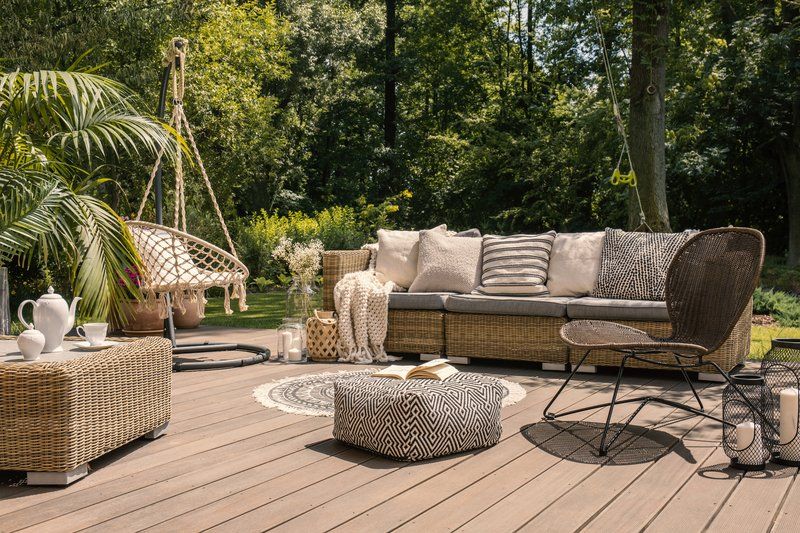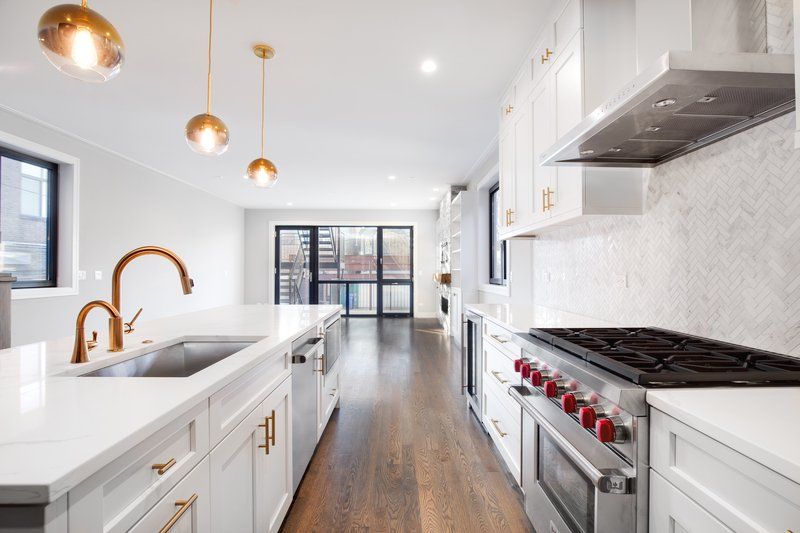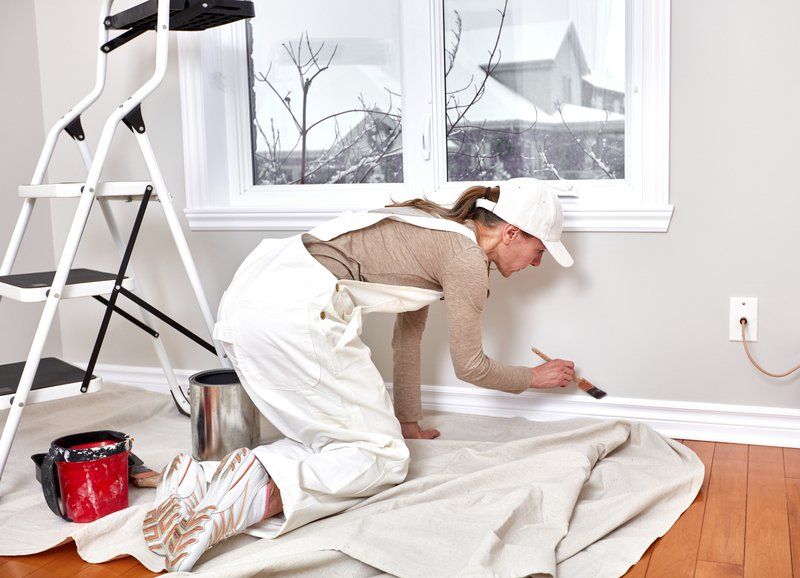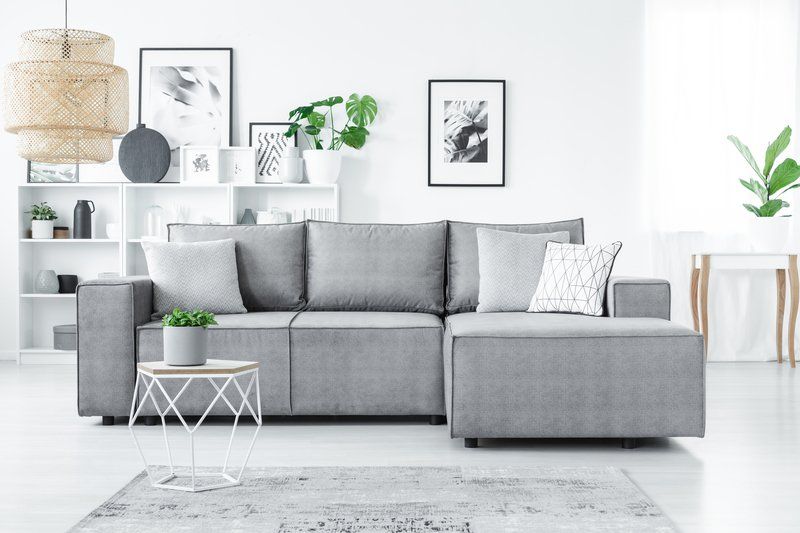BLOG
Eicher Design Build understands what home owners want and expect. Time and time again we exceed these expectations. We offer the expertise and experience to deliver.
CONTACT EICHER DESIGN BUILD, LLC FOR YOUR REMODELING & CONSTRUCTION NEEDS
Fixes That Can Make Your Home More Energy Efficient
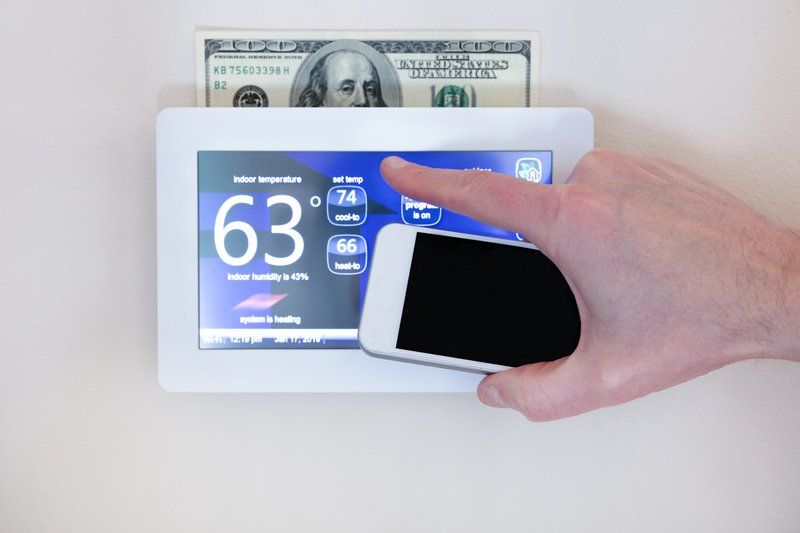
Making your home more energy efficient doesn’t just help out your environment, it helps out your bills! Expending less energy in your house will significantly decrease your energy bills! Creating a more “energy efficient” home does not require complete system replacements or remodeling—simple fixes here and there will do more than you’d think to help your home make the most of the energy it does use, decreasing overall need for output.
Adding Insulation
Your first easy “fix”: insulation. Homes without insulation rely entirely on their heating and cooling systems to maintain a comfortable temperature inside when outside is warmer or cooler than ideal for a home. Regulating temperature constantly requires a substantial amount of energy! Instead, use insulation to trap your desired temperature inside! Insulation can be used throughout the walls of your home, in your roof or attic where temperatures are more impactful, and even in your flooring. Around “vulnerable” spots of your home like thin doors or windows, adding curtains is an easy insulation solution! Even a rug on your floor will do more than you may expect to maintain the temperature you want.
Use a Programmable Thermostat
Speaking of your home’s temperature, using a programmable thermostat can help alter temperatures to effective levels throughout the day as outside temperatures shift. For example, summer nights cool off enough that you don’t need your air conditioning to work as hard to achieve the temperature you want for your home—a programmable thermostat allows you to schedule the air conditioning to work harder during certain parts of the day more than others, meaning you won’t be wasting energy at night when nature can cool down your place for you! Rather than having to return to it throughout the day to make those changes manually, let the “setting” and “resetting” of your thermostat be out of sight and out of mind.
Replace Your Doors
Over years of frequent use, the edges of your doors wear down. This means that precious, tempered air may be easily escaping your otherwise insulated home through even those small gaps between your door and doorframe. Consider replacing your doors with new, full, un-worn doors that fit snugly in your door frames and keep that air inside. Make sure that you have a door that is not hollow, or that truly keeps temperatures from escaping through the material!
Installing Energy Efficient Windows
Your windows are another part of your home that may be letting your air or warmed (or cooled) temperatures escape. Just like replacing your doors will help trap that energy inside, replacing your windows with ones made with more energy efficient materials can act similarly! Tinting your windows is another way that you can prevent unwanted warming from the sun in the summertime. Tinting can cut AC bills by blocking UV rays from entering through your windows.
Fix Plumbing Drips or Leaks
Water bills are another part of your “energy expenditure” that can add up quickly. Find ways to decrease your water use within your home! And, look for spots throughout your plumbing that may be dripping or leaking water; fix those quickly and thoroughly! Some statistics suggest that even a small leak in your faucet may be increasing your home’s water consumption by up to 10%. Any part of your home that is using more water than necessary or is wasting water without you knowing will be contributing heavily to your water bills and will be wasting an important resource within your environment!
Use More Efficient Lighting
Wherever you are in your home, you will want your surroundings to be well lit for your use. There are a number of ways to make the lighting in your home more eco- (and wallet-) friendly. Start by replacing regular, incandescent light bulbs with LED bulbs, which require significantly less energy to produce a lot of light. Another way to decrease your energy use from lighting is through motion sensors or timed lights! It’s far too easy to forget to turn off a light when you leave a room—you can install technology that determines when it’s time to turn off without you telling it! You can save tons on otherwise wasted energy when these devices make up for your forgetfulness. Dimmers are one more way you can decrease the energy used by lightbulbs in your home, providing sufficient light for your tasks without requiring high levels of electricity.
Help Out Your Air Flow
Maybe the temperature within your home is fine, your rooms are well insulated, and your doors and windows are made of the best materials. Still, without good airflow in your home, you may find that the air feels stagnant and stifling which can tempt you to up your central air flow system (thereby, of course, requiring more energy use in your home.) Cleaning out your air vents and ducts allow air to flow more easily throughout your home. Tune up your HVAC appliance so that it runs efficiently—this will help it function as intended on the lowest amount of energy. Finally, consider installing or utilizing more frequently your ceiling fans! Fans use less energy than a central air system, but move the air throughout your rooms just as effectively.
Evaluate Your Technology and Appliances
Take inventory of the energy used within your home! Home energy audits are a great way to evaluate where energy is being used most in your house, whether by major systems or large appliances or small technological pieces. Even the old desktop computer you have plugged in may be draining an exorbitant amount of energy from your home! (Comparatively, laptops only require somewhere around 30% of what desktops do.) Audits will show why your bills are so high, your air quality is so poor, your circulation is ineffective, all of it—and even better, it will offer you effective solutions to those problems!
Look into which of these fixes can get you the best, most efficient use of your home’s energy. Save the environment, save your finances, and save your peace of mind!
Read this next: How to Make Your Custom Home More Secure

